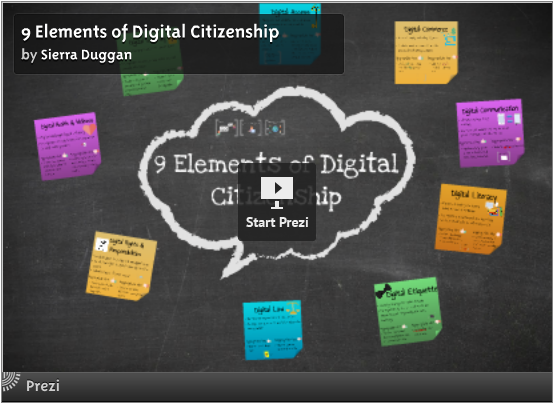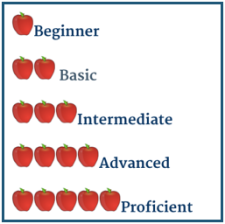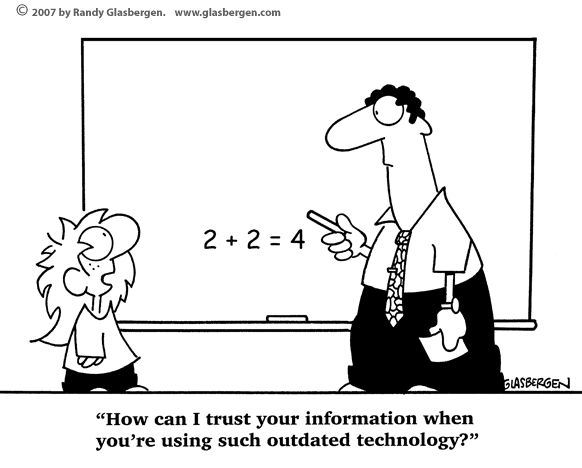This week we were asked to reflect on the entire process of being introduced to WebQuests. The process of consisted of: researching different types of WebQuests, forming groups and developing our own WebQuests, and participating in each other’s WebQuests. Finally, we evaluated the work produced from our WebQuest and evaluated other student-created WebQuests.
1. Perceptions of the WebQuest activities:
I really enjoyed my WebQuest experience. After creating one, participating in several, and viewing many others, I can see how these would be a great learning tool to incorporate into the classroom. The WebQuests are fun and engaging, while allowing students to learn specific content. Teachers can utilize pre-made WebQuests that meet their standards and criteria, or, have the freedom to create their own.
2. Experiences, ideas, and observations:
While creating my own WebQuest, I realized that starting one from scratch does take a lot of time, effort and thought. It can be a little overwhelming coming up with a topic and then creating an entire web-based investigation that covers State standards. However, I found the templates on Google Drive to be very simple to use making the process much smoother. In addition, I found it very beneficial to look up published WebQuests that were similar to my topic and see how they constructed their assignment.
3. What was found confusing, interesting, difficult etc. and why:
The most difficult part of creating the WebQuest was determining how to “evaluate” my students. If this WebQuest was implemented in a normal classroom setting, students would be able to physically turn in completed worksheets, posters, or give presentations. Instead, we had to get creative and decide how to evaluate our students’ work using multiple online platforms. I found Google Forms to be an effective tool for assessing student knowledge. Some WebQuests I participated in had students create posters on Google Draw while others had students upload pictures of their work.
4. Questions:
Are WebQuests generally assigned as an “in-class” activity? (in the case that some students may not have computer access at home)
5. How I: solved a problem; reached a conclusion; found an answer; reached a point of understanding:
After facing the “evaluation” challenge, my group and I decided to brainstorm different ways we could test student knowledge and evaluate their success. For example, instead of printing out physical worksheets for students to complete, we decided to have students label parts of the heart in our online Google Form. We realized that students can be evaluated by uploading their work from places such as google draw, kahoot, google slides, etc.
6. Possibilities, speculations, hypotheses or solutions:
As a future educator, I will definitely incorporate WebQuests into my class activities. Next time, I will make a WebQuest that is designed for students to work in groups in order to promote team work and collaboration. I saw many WebQuests online that assigned different “roles” for students to take based on the theme and task.
7. Alternative interpretations or different perspectives on what you have read or done:
As with any teaching method, there’s always going to be pros and cons, and people who agree and disagree with methods you’ve chosen. While conducting my research on WebQuests prior to creating one, I found a few articles that posed an alternative view towards web-based learning activities such as WebQuests. Some arguments stated that WebQuests take up too much time for students and they can easily become a distraction. With the right “buy-in” and engagement factor, in combination with simple/concise instructions and working links, these potential problems can be avoided.
8. Comparisons and connections between what I am learning and: prior knowledge and experience; prior assumptions and preconceptions; what I know from other courses or disciplines:
In the beginning of our class we researched the ISTE standards which act as guide for educators to design, utilize, and incorporate different technologies within the classroom. While participating in the WebQuest activity, I felt as though I was meeting the second ISTE standard: “Design and develop digital age learning experiences and assessments.” This standard happened to the one I was least comfortable with, prior to starting this class, so I am very excited to be learning new skills and expanding my knowledge in this area.
9. How new ideas challenge what you already know:
I was somewhat familiar with the concept of a WebQuest prior to this activity, however, I didn’t know exactly what went into creating one and how diverse they can be. I knew that students are often asked to complete research activities online and answer questions, but I didn’t know that students can actually turn in work to be graded and evaluated through a multitude of platforms. WebQuests allow students to apply what they’ve learned and create items in Google Draw, Google Slides, Google Forms, etc. Students can draw a picture or create a model and upload it online. Students can participate in online games and quizzes that can all be used to assess their understanding of the material.
10. What I need to explore next in terms of thoughts and actions:
Since I plan to teach science to middle schoolers, I would like to explore additional WebQuests within this subject area. WebQuests are designed for critical thinking, problem solving, and collaborative work, therefore, they are extremely beneficial for students learning science. I would like to see what other WebQuests educators have designed and how I can incorporate that into my lessons.





